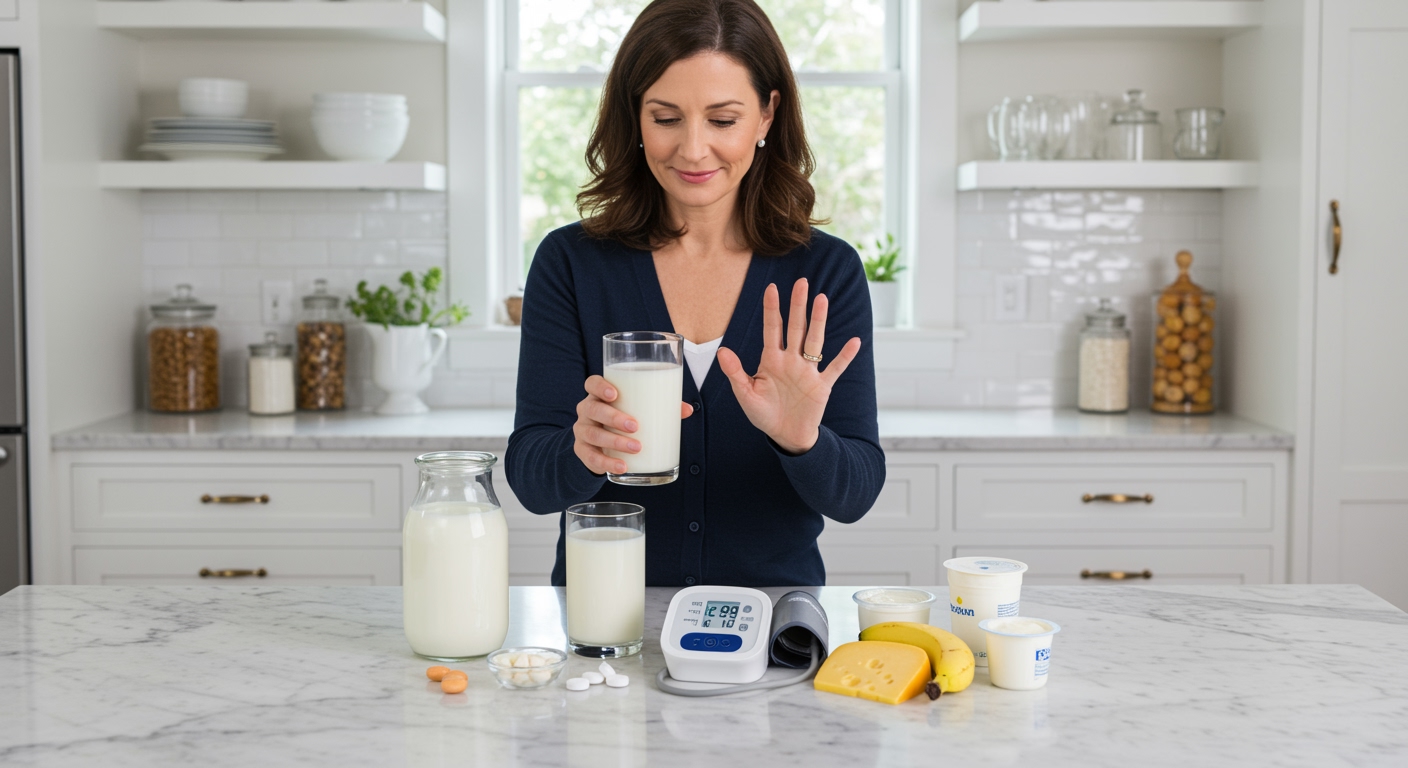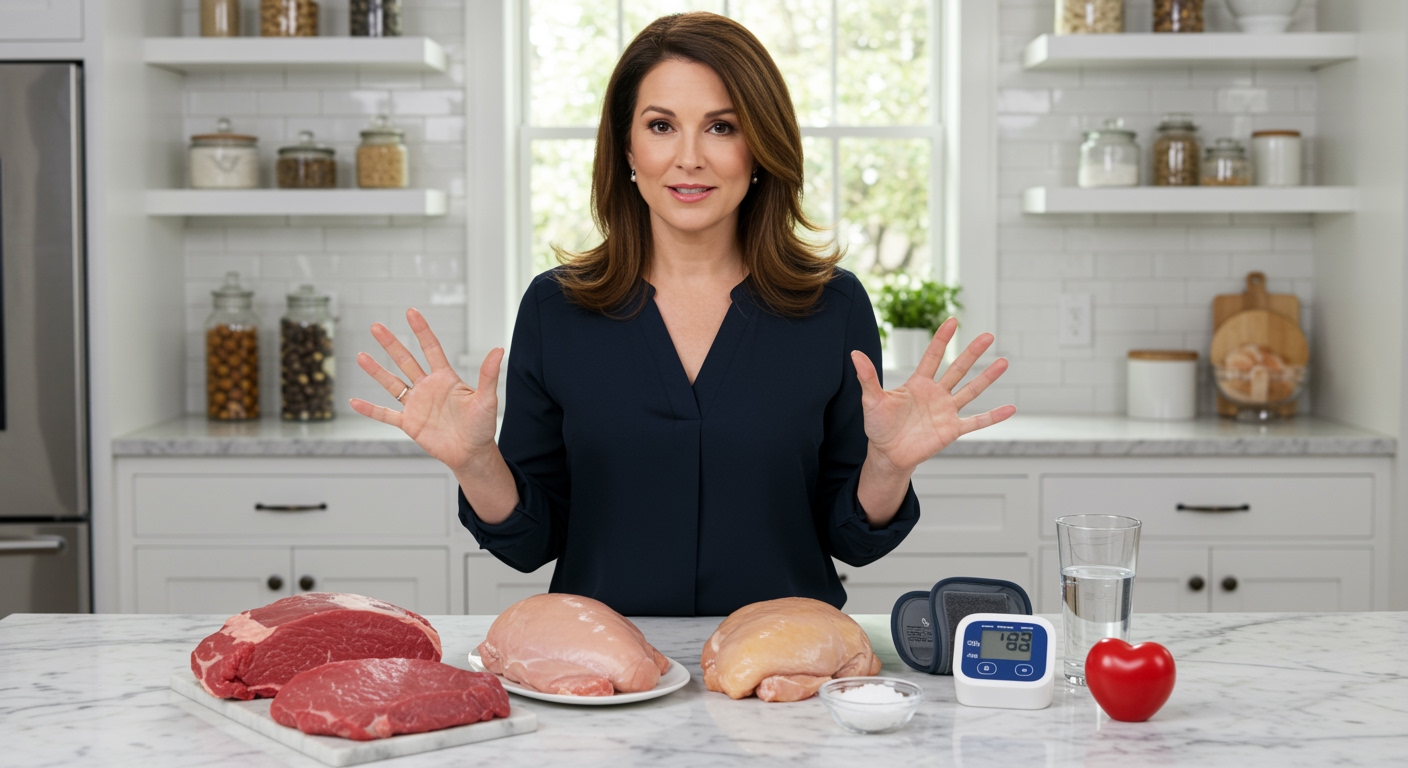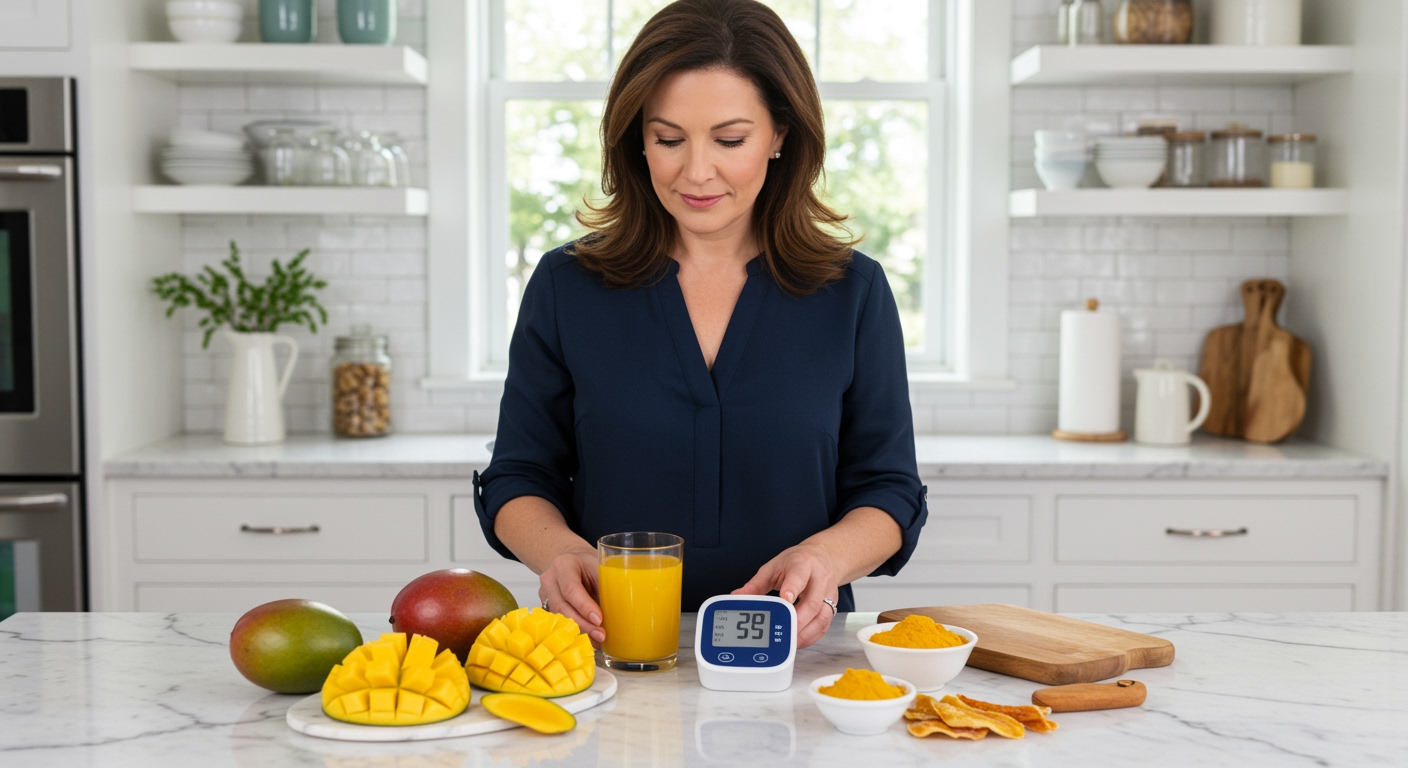✪ Key Takeaway: Hyacinth beans alone cannot fix hypotension and may cause digestive issues without proper preparation.
Introduction
Your friend just told you that eating more hyacinth beans will solve your low blood pressure problems forever.
You might be asking this question because someone recommended hyacinth beans as a natural remedy for hypotension, or perhaps you read about their nutritional benefits online and wondered if they could help raise your blood pressure safely.
Hi, I am Abdur, your nutrition coach, and today I am going to explain whether hyacinth beans can actually help people with low blood pressure and what you need to know before adding them to your diet.
What Are Hyacinth Beans and Their Nutritional Profile?
Hyacinth beans, also known as lablab beans or dolichos beans, are purple-podded legumes commonly grown in tropical and subtropical regions around the world.
These beans contain approximately 23 grams of protein per 100 grams of cooked beans, making them an excellent plant-based protein source for vegetarians and vegans.
The mineral content includes significant amounts of potassium, magnesium, iron, and zinc, which are essential for various bodily functions including cardiovascular health.
Hyacinth beans also provide complex carbohydrates and dietary fiber, with about 8 grams of fiber per 100-gram serving that supports digestive health and helps regulate blood sugar levels.
However, raw hyacinth beans contain natural compounds called cyanogenic glycosides that can be toxic if consumed without proper cooking and preparation.
✪ Fact: Hyacinth beans must be soaked overnight and boiled for at least 30 minutes to remove toxic compounds safely.
How Does Low Blood Pressure Actually Work in Your Body?
Low blood pressure, medically known as hypotension, occurs when your blood pressure readings consistently fall below 90/60 mmHg.
Your cardiovascular system relies on adequate blood pressure to ensure that oxygen and nutrients reach all your organs and tissues effectively throughout your body.
When blood pressure drops too low, your brain and heart may not receive sufficient blood flow, leading to symptoms like dizziness, fatigue, fainting, and difficulty concentrating.
The regulation of blood pressure involves complex interactions between your heart rate, blood vessel diameter, blood volume, and hormonal signals from your kidneys and adrenal glands.
Factors that can contribute to hypotension include dehydration, certain medications, heart problems, endocrine disorders, severe infections, and nutritional deficiencies particularly involving B vitamins and minerals.
Understanding these mechanisms helps explain why simply eating one type of food rarely provides a complete solution for managing blood pressure issues effectively.
✪ Note: Sudden drops in blood pressure can be dangerous and require immediate medical attention.
Can Hyacinth Beans Actually Raise Blood Pressure?
The idea that hyacinth beans can raise blood pressure stems from their sodium content and mineral profile, but this connection is largely misunderstood by most people.
Hyacinth beans contain moderate amounts of sodium, but not nearly enough to significantly impact blood pressure levels in people with hypotension.
The potassium content in these beans actually works to lower blood pressure by helping your kidneys remove excess sodium from your body through urine.
While the protein and complex carbohydrates in hyacinth beans can provide sustained energy and help stabilize blood sugar levels, they do not directly influence blood pressure regulation mechanisms.
Some people may experience a temporary increase in blood pressure after eating large amounts of any food due to the digestive process, but this effect is short-lived and not therapeutic.
The minerals in hyacinth beans support overall cardiovascular health, but expecting them to cure hypotension is unrealistic and potentially dangerous if it delays proper medical treatment.
✪ Pro Tip: Focus on overall dietary patterns rather than single foods for blood pressure management.
What Are the Potential Risks of Eating More Hyacinth Beans?
Increasing your consumption of hyacinth beans without proper preparation can lead to digestive problems including bloating, gas, stomach cramps, and diarrhea.
The high fiber content, while beneficial in moderate amounts, can cause gatrointestinal distress if you suddenly increase your intake without allowing your digestive system to adapt gradually.
Improperly cooked hyacinth beans retain toxic compounds that can cause nausea, vomiting, and more serious health complications if consumed regularly.
People with existing kidney problems should be cautious about increasing their intake of any high-potassium food, including hyacinth beans, without consulting their healthcare provider first.
Relying on hyacinth beans as a primary treatment for hypotension may delay proper medical evaluation and treatment of underlying conditions that require professional intervention.
Additionally, some individuals may develop allergic reactions to legumes, experiencing symptoms ranging from mild skin irritation to severe anaphylactic responses in rare cases.
✪ Note: Always introduce new foods gradually and monitor your body response carefully.
What Should Hypotension Patients Actually Eat?
People with low blood pressure benefit more from a balanced approach that includes adequate fluid intake, moderate sodium consumption, and regular meal timing.
Staying properly hydrated by drinking 8-10 glasses of water daily helps maintain blood volume, which is crucial for maintaining adequate blood pressure levels.
Including small frequent meals rather than large infrequent ones helps prevent postprandial hypotension, a condition where blood pressure drops significantly after eating.
Foods rich in vitamin B12, folate, and iron support healthy red blood cell production, which is essential for maintaining proper oxygen transport and circulation.
Natural sources of caffeine, such as green tea or coffee, can provide temporary blood pressure elevation, but should be consumed in moderation and not relied upon as primary treatment.
A diet that includes lean proteins, whole grains, fruits, vegetables, and healthy fats provides the comprehensive nutrition needed to support overall cardiovascular function and energy levels.
✪ Pro Tip: Work with a healthcare provider to develop a comprehensive management plan for hypotension.
The Bottom Line
Hyacinth beans cannot serve as a reliable treatment for low blood pressure and may cause more problems than benefits if consumed improperly or in excessive amounts.
Real health solutions require comprehensive approaches, not magical thinking about single foods.
I would love to hear about your experiences with managing low blood pressure through dietary changes, so please share your questions, thoughts, or feedback in the comments section below.
References
At NutritionCrown, we use quality and credible sources to ensure our content is accurate and trustworthy. Below are the sources referenced in creating this article:
- Wiley Online Library: Nutritional and functional properties of hyacinth bean
- National Council on Aging: 10 Foods That Help Lower Blood Pressure Naturally
- Lybrate: Hyacinth Beans Benefits and Side Effects
- Vinmec: Diet for people with low blood pressure





